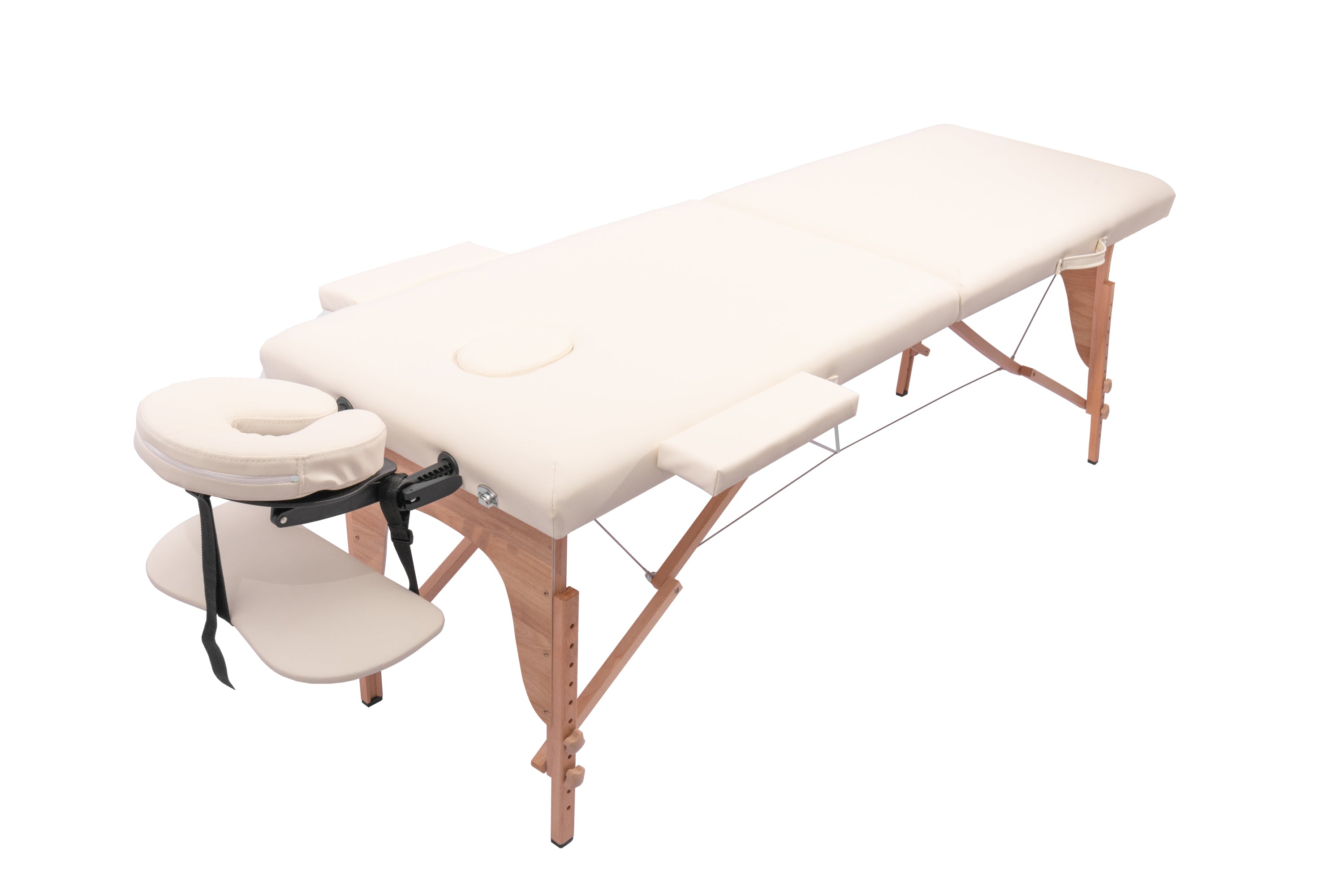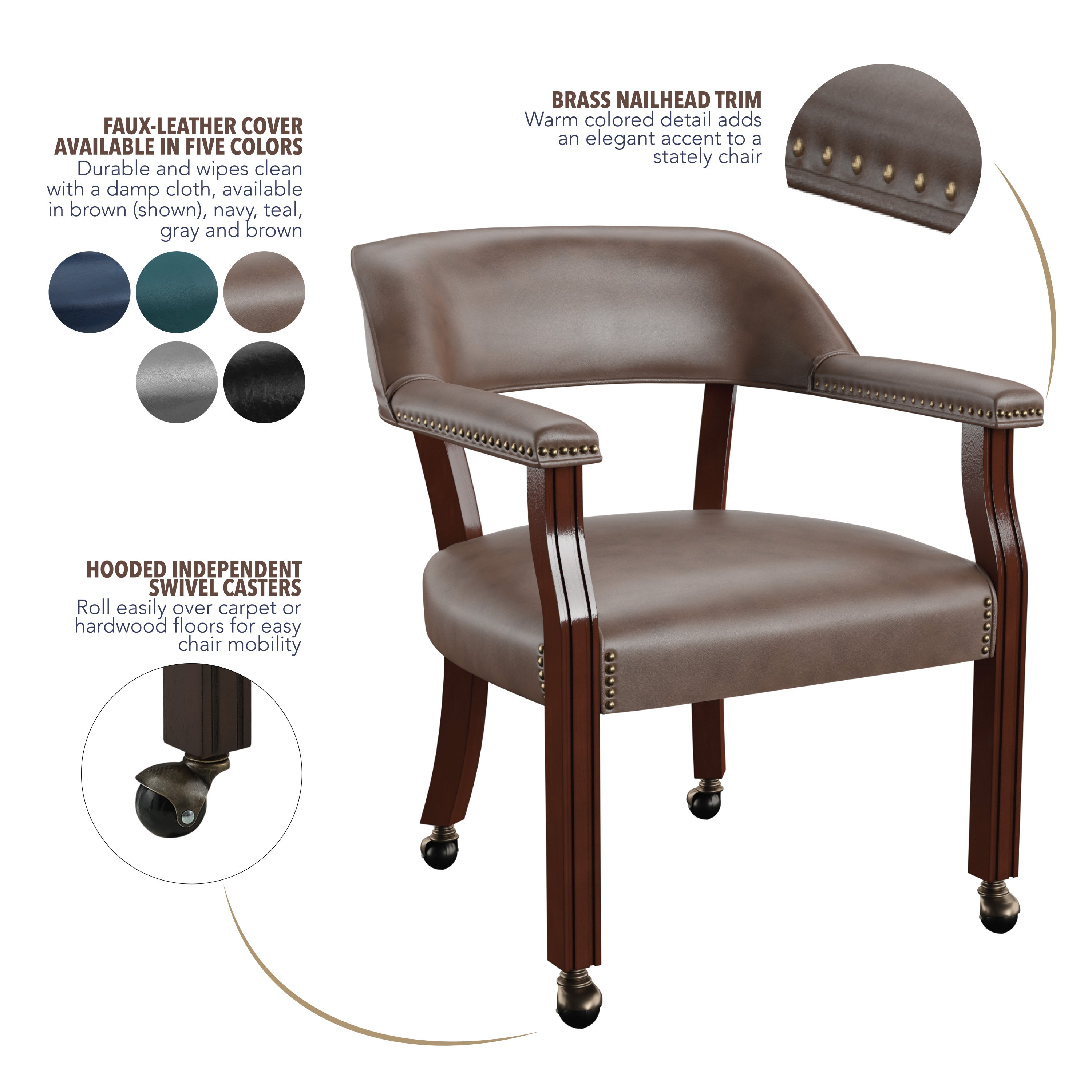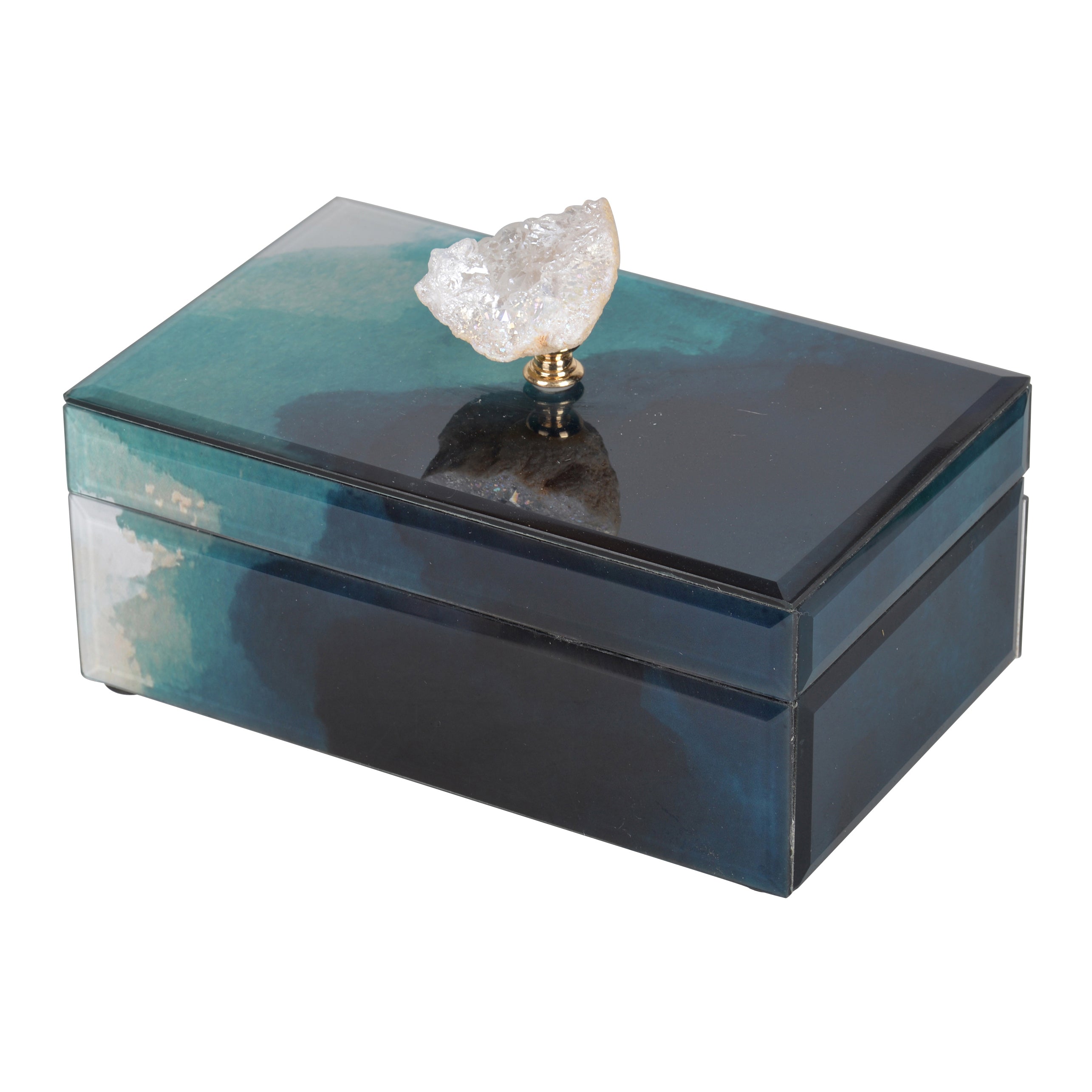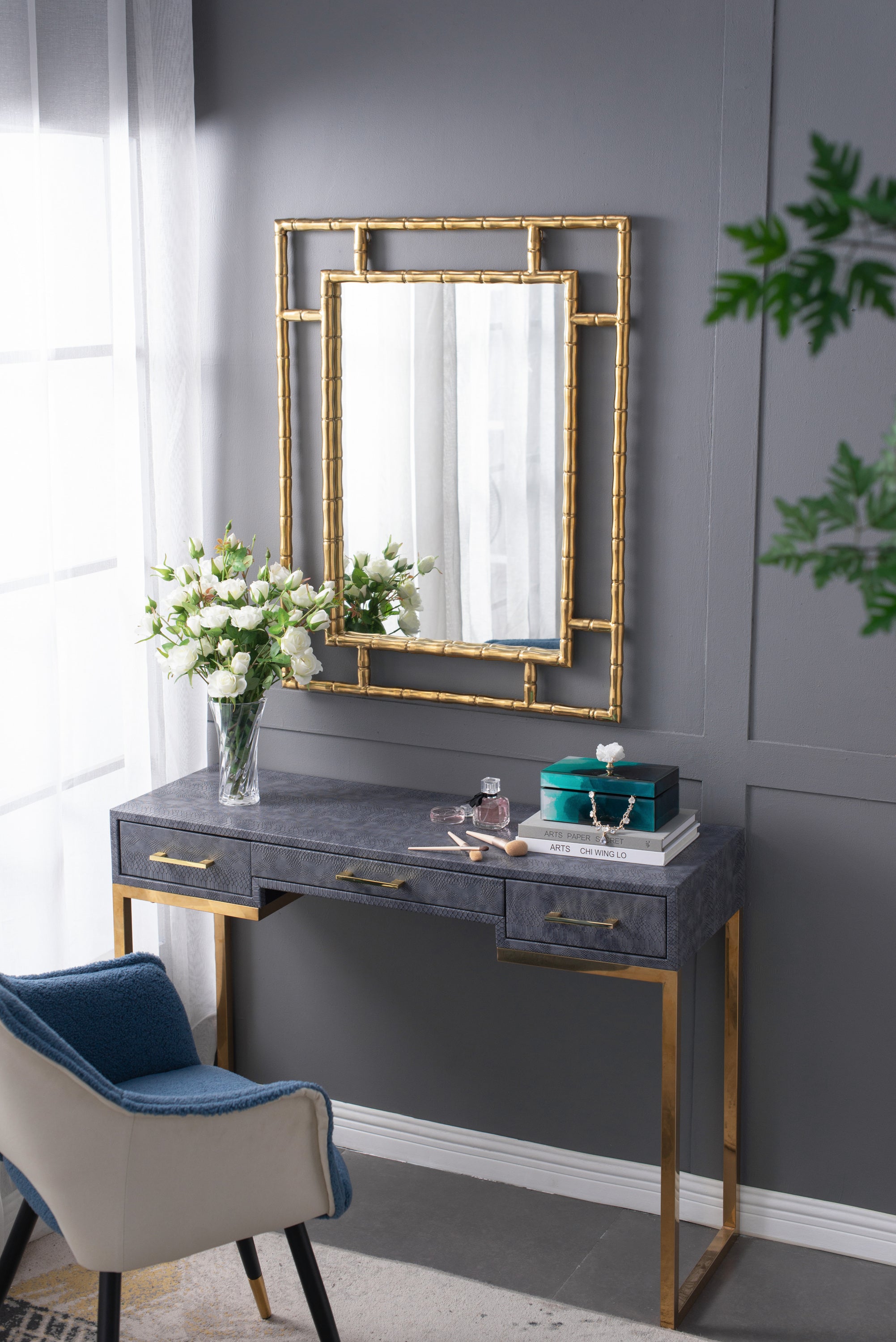Furnishing your home can be a delightful challenge, but it's also one that requires careful planning and consideration. The right furniture layout and size can make all the difference in creating a space that is both functional and visually appealing. Whether you're moving into a new place or giving your current home a refresh, these tips will help you navigate the process with confidence.
Assess Your Space
The first step in choosing the right furniture is to thoroughly assess your space. Grab a tape measure and note down the dimensions of each room, paying close attention to any architectural features like windows, doorways, or built-in elements. Understanding the layout and flow of your space will help you determine the best furniture placement and size.
Furniture Sizing Basics
When it comes to furniture, scale and proportion are key. Avoid pieces that are too large or too small for the room – this can create an unbalanced and uncomfortable feel. As a general rule, leave at least 30 inches of clearance around each piece to allow for easy movement and access. Pay attention to the height of your furniture as well, ensuring it complements the room's dimensions.
Room-Specific Layout Tips
Different rooms call for different furniture arrangements. In the living room, consider creating a cozy conversation area with a sofa, loveseat, and accent chairs. Bedrooms often benefit from a centered bed flanked by nightstands, with dressers and armoires placed strategically. For dining areas, leave ample space around the table to accommodate chairs and allow for comfortable seating.
Practical Measurement Guidelines
To help you make informed decisions, keep these measurement guidelines in mind. For seating, aim for a minimum of 18 inches between pieces to allow for easy movement. Walkways should be at least 36 inches wide, and you'll want to leave 48 inches of clearance in front of doors and windows. When it comes to height, make sure your furniture doesn't obstruct sightlines or block natural light.
Common Mistakes to Avoid
Oversized furniture is a common pitfall, as it can make a room feel cramped and cluttered. Likewise, placing furniture in a way that disrupts the natural flow of the space or blocks access to essential areas can be problematic. Pay attention to these potential issues as you plan your layout.
By following these tips and guidelines, you'll be well on your way to creating a harmonious and functional living space that reflects your personal style. Remember, the key is to experiment and have fun – your home should be a reflection of your unique preferences and needs.









